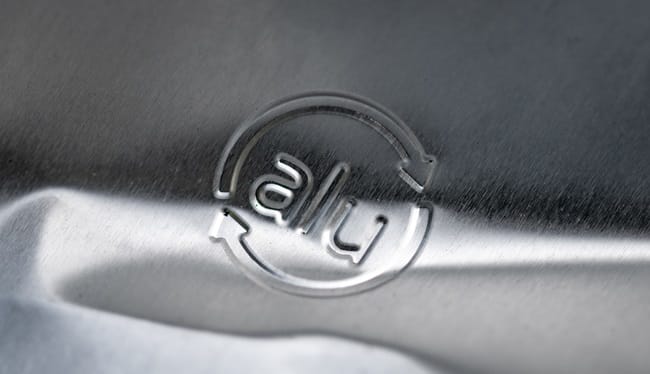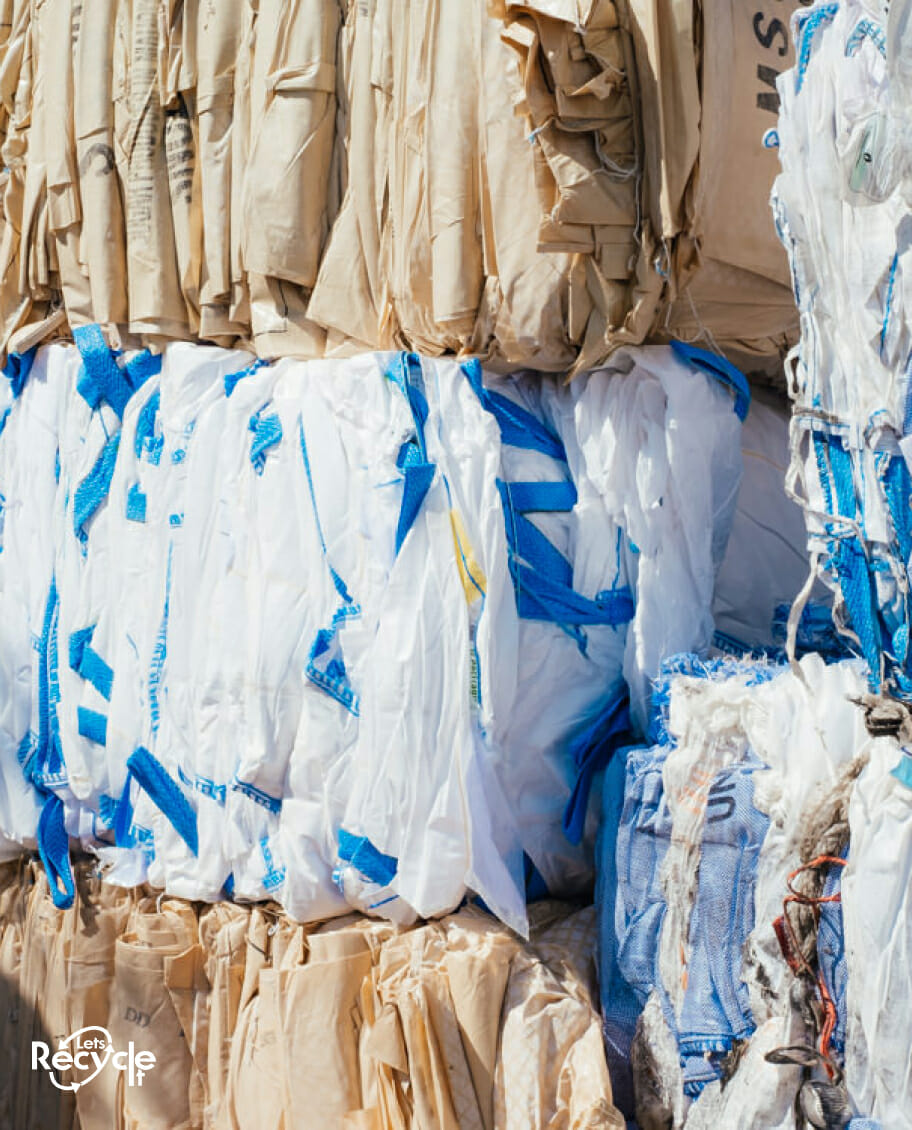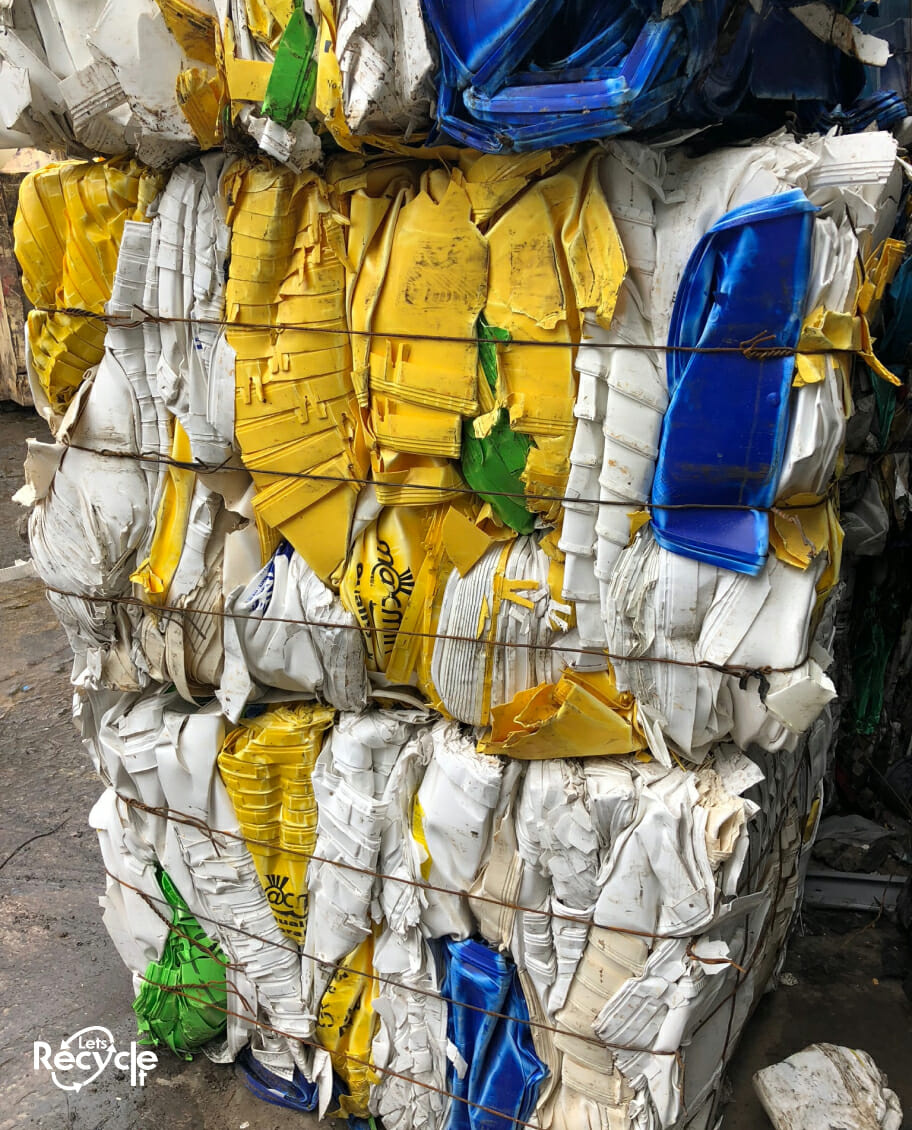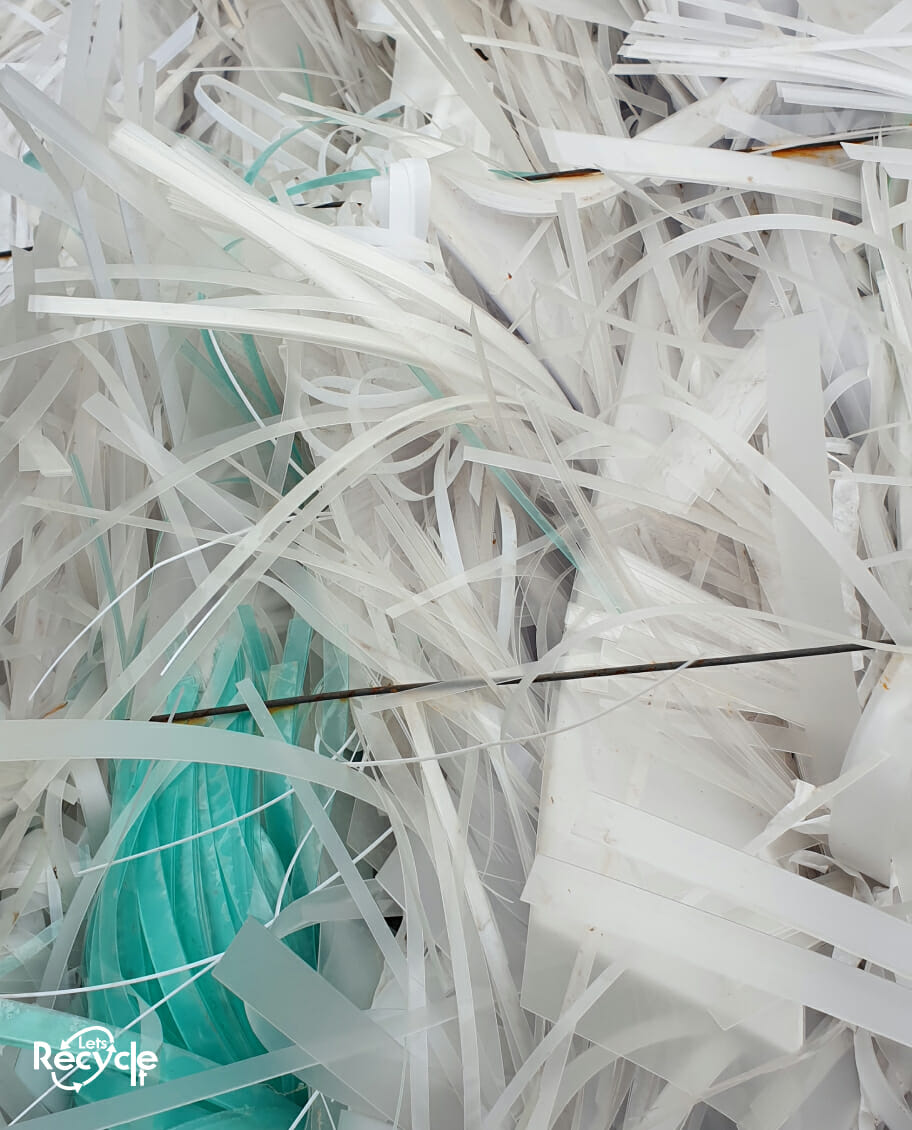Recycle
Material - PP
Polypropylene
Recycling Process Of PP
Info PP
PP is the abbreviation of Polypropylene, which is a thermoplastic made from the monomer propylene. Being a thermoplastic means that when heated it can become softer in order to be moulded and will then harden when cooled without any alteration to the material’s properties. PP is tough, lightweight, chemical resistant and moisture resistant. The plastic is used for a wide range of products, such as packaging products, automotive parts and consumer goods.
Pre-collection
Before we collect the material, there are a number of places in which it might be located. It might be in people’s homes, construction sites, businesses, skips, factories, or other similar places. Once the material has served its purpose and is ready to be disposed of, it will be gathered by recycling companies, skip hire companies or other places that accumulate plastic. We will collect it from these companies and send it on for recycling.
During
The recycling process for PP may vary, but the general process remains the same. The material will first need to be sorted to ensure no other polymers or other materials are mixed in with it. It will then be thoroughly cleansed to ensure that no contaminants are on the plastic, as this would comprise the quality of the end product. Once cleaned, the PP will then be shredded to produce small pieces that will then be melted down to form granulate/pellets.
Post-processing
Once the recycling process is complete the PP can go back into manufacturing to produce any number of different products. These products include but are not limited to: shipping packaging, packaging for food and confectionaries, packaging for clothing, medical equipment, carpets, mats, rugs, furniture, upholstery, toys, luggage and automotive parts such as bumpers, cladding, exterior trim and interior elements.
Your plastic information
For sales-related enquiries please use the form to the right and we will get back to you as soon as possible.
Should you require any further information on how you can benefit from recycling your waste, to discuss value or to arrange a site visit from one of our team, please do not hesitate to contact us
"*" indicates required fields
Your plastic information
For sales-related enquiries please use the form to the right and we will get back to you as soon as possible.
Should you require any further information on how you can benefit from recycling your waste, to discuss value or to arrange a site visit from one of our team, please do not hesitate to contact us
"*" indicates required fields
Materials we accept
PET Recycling
PET - PET is the abbreviation for Polyethylene Terephthalate, which is formed when ethylene glycol and terephthalic acid are combined. It is a clear plastic that is both strong and lightweight enough to be popularly used for food and beverage packaging, with close to all single-use plastic drinks bottles being made from PET. It is also a popular choice for a great many other products, such as bottles for hygiene products and even tennis ball cannisters.
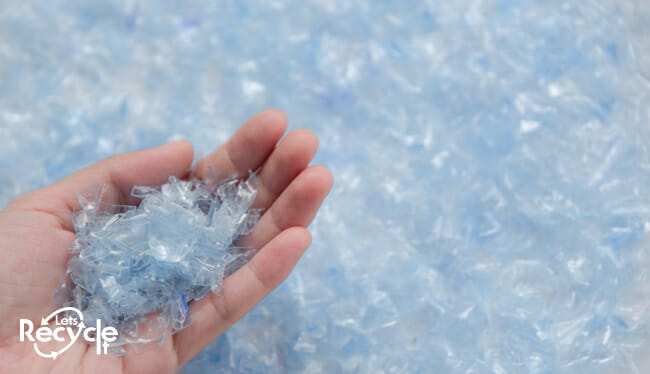
HDPE Recycling
HDPE - HDPE is the abbreviation for High-Density Polyethylene, which is made from the monomer ethylene. It is a thermoplastic, which means that it can become softer when heated in order to be moulded and will then harden when cooled without any alteration to the material’s properties. The material is incredibly versatile as it is lightweight, strong, malleable, impact resistant, weather resistant and long lasting. It is used across a wide variety of products over a range of different industries. For example, it is used for milk jugs, fuel tanks, piping, children’s toys, and even bread bags and cereal box liners.
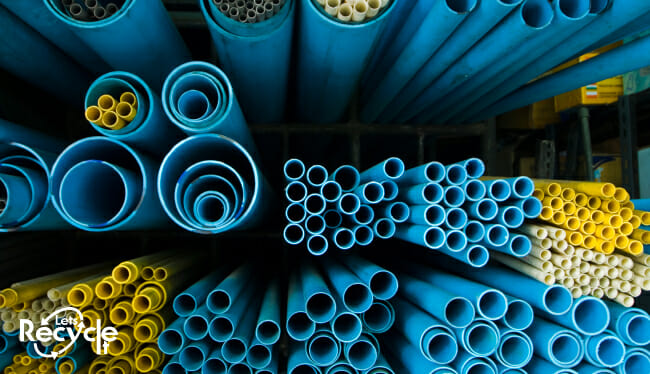
PVC Recycling
PVC - PVC is the abbreviation Polyvinyl Chloride. It is made by the combination of chlorine and ethylene to form the monomer vinyl chloride, which is then sequenced to make the polymer Polyvinyl Chloride. PVC is a very strong and tough material that can be easily shaped, which gives it many different uses in terms of what it can be manufactured into. PVC can also be made soft and flexible when mixed with certain additives. This means that whereas PVC can be used for construction, automotive and medical items, it can also be used for items such as polyvinyl flooring, clothing and upholstery.
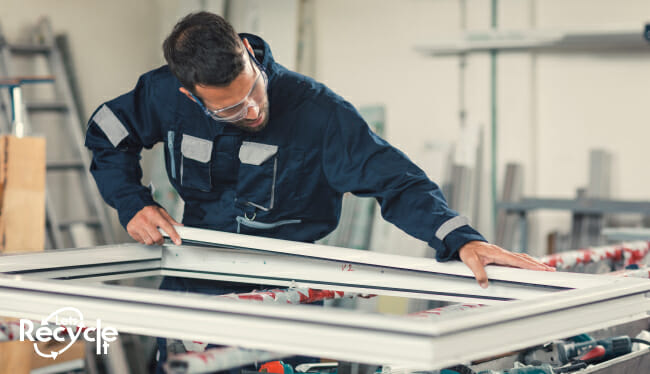
LDPE Recycling
LDPE - LDPE is the abbreviation of Low-Density Polyethylene, which is made from the monomer ethylene. LDPE is a thermoplastic, which means that when heated it can become softer in order to be moulded and will then harden when cooled without any alteration to the material’s properties. The plastic is lightweight, strong, impact resistant and chemical resistant. LDPE is an ideal material for the manufacturing of thin, flexible products such as plastic bags, shrink-wrap, stretch film, container lids, squeezable bottles and so on.
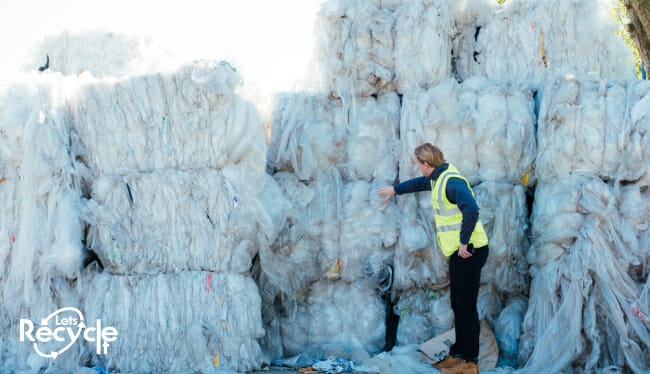
PP Recycling
PP - PP is the abbreviation of Polypropylene, which is a thermoplastic made from the monomer propylene. Being a thermoplastic means that when heated it can become softer in order to be moulded and will then harden when cooled without any alteration to the material’s properties. PP is tough, lightweight, chemical resistant and moisture resistant. The plastic is used for a wide range of products, such as packaging products, automotive parts and consumer goods.
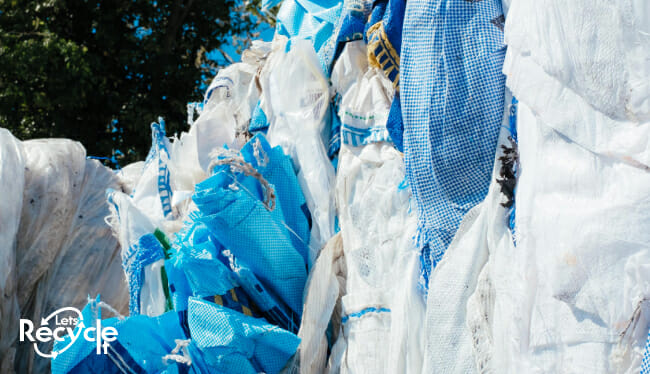
PS Recycling
PS - PS is the abbreviation of Polystyrene, a hydrocarbon polymer made from the monomer styrene. It is a thermoplastic, which means that when it is heated it can become soft enough to mould and then harden again when cooled. PS can come in the form of a solid plastic or a rigid foam. Solid PS is commonly used in items such as medical test tubes, household smoke alarm housings, CD cases and yoghurt pots. Foam PS is frequently used as packing material.
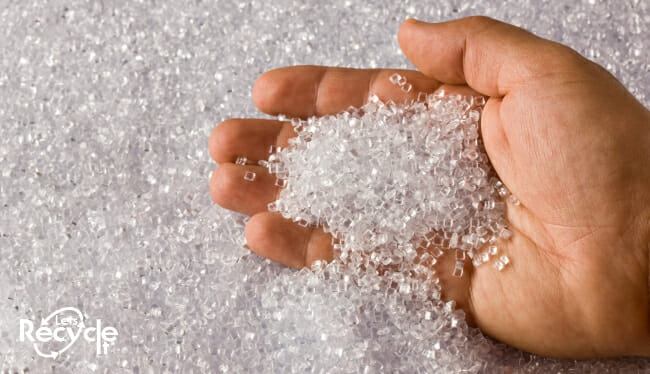
PC Recycling
PC - PC is the abbreviation for Polycarbonate. Polycarbonates are a group of thermoplastic polymers that contain within their chemical structure carbonate groups. PC is very strong, impact resistant, heat resistant, chemical resistant and lightweight. This plastic is commonly used in items such as parts for appliances, automotive parts, construction parts, medical gear, consumer products and food packaging.
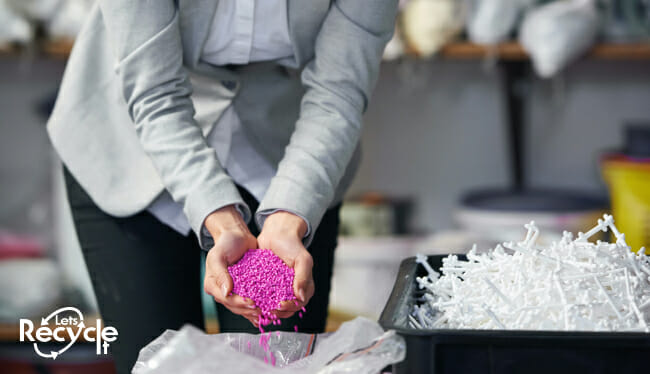
ABS Recycling
ABS - ABS is the abbreviation of Acrylonitrile Butadiene Styrene, a polymer made from the monomers acrylonitrile, butadiene and styrene. It is stiff, strong, impact resistant and chemical resistant. It is used in a number of different products such as computer parts, tools, plug socket faces and toys.
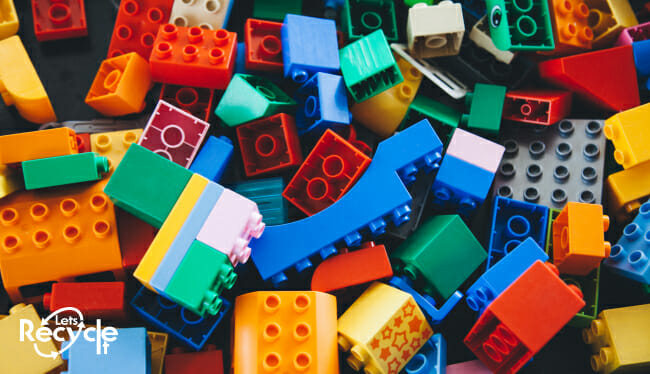
Steel Recycling
Steel recycling converts discarded steel into new material, leveraging steel's capability to be recycled indefinitely without degradation in quality. It's essential for managing resources and energy efficiency, as recycling steel uses less energy than producing new steel from iron ore. Recycled steel is fundamental in construction, automotive industries, and manufacturing of household appliances, supporting a sustainable circular economy.
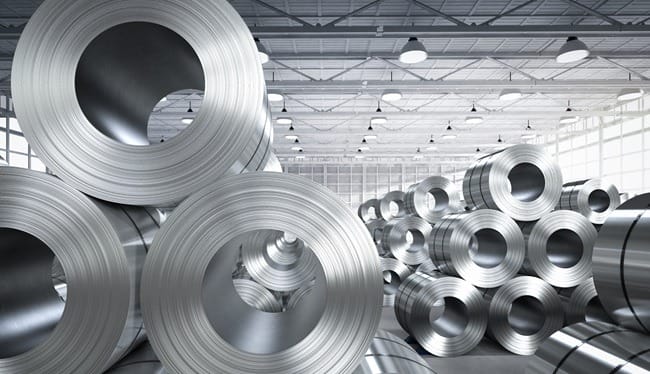
Aluminium Recycling
Aluminium recycling involves reprocessing scrap aluminium into new products, capitalising on aluminium's ability to fully retain its properties after recycling. It's a critical process due to aluminium's widespread use in cans, foils, tubes, and aeroplane parts. Recycling aluminium saves significant energy compared to primary production, reducing environmental impact and conserving the metal's availability for future use.
